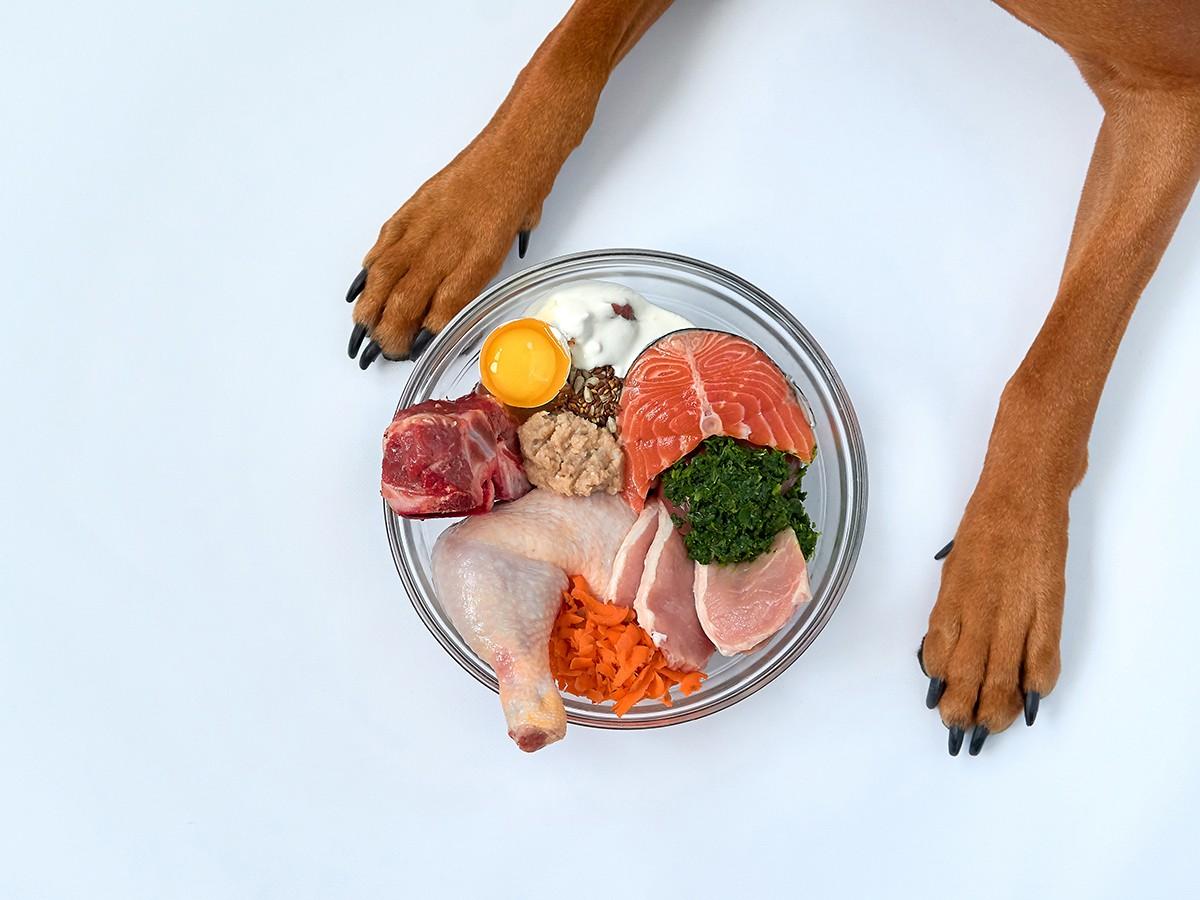Fresh dog food has been gaining popularity as a healthier alternative to traditional kibble. But is it really better for your pet? As a pet parent, you want to make informed decisions about your dog's diet. This guide will delve into the pros and cons of fresh dog food compared to kibble, helping you decide which is the best option for your pup.
Is Fresh Dog Food Good for Dogs?
Proponents of fresh dog food champion its potential benefits, and scientific evidence supports some of these claims:
Enhanced Nutrient Content: Unlike kibble, which undergoes high-heat processing that can degrade nutrients, fresh dog food is minimally processed and retains more vitamins, minerals, and enzymes. Studies have shown that fresh food can be higher in essential nutrients like B vitamins and omega-3 fatty acids, which play a crucial role in overall health.
Improved Digestive Health: Fresh dog food often contains higher moisture content and easily digestible ingredients, leading to better nutrient absorption and less strain on the digestive system. This can result in smaller, firmer stools and reduced instances of gastrointestinal issues.
Enhanced Skin and Coat Health: The higher quality protein and fat sources in fresh dog food, along with essential fatty acids, can contribute to a healthier skin and coat. Many dog owners report shinier coats, reduced shedding, and less skin irritation after switching to fresh food.
Reduced Allergy Risk: Fresh dog food typically uses whole-food ingredients, making it easier to identify and avoid potential allergens for dogs with sensitivities. Limited-ingredient fresh food recipes are also readily available, further reducing the risk of allergic reactions in dogs.
Are There Any Cons to Feeding a Dog Fresh Dog Food?
While fresh dog food offers several advantages, it's important to consider the drawbacks:
Higher Cost: Fresh dog food is often significantly more expensive than kibble, which can be a major factor for many pet parents.
Storage and Handling: Fresh food requires refrigeration or freezing, and proper handling is essential to prevent spoilage or bacterial contamination.
Dietary Imbalances: Homemade fresh food requires careful planning to ensure it meets all of your dog's nutritional needs. Improperly formulated diets can lead to deficiencies or excesses of certain nutrients.
Time Commitment: Preparing fresh food for your dog can be time-consuming, especially if you're making it from scratch.
Should I Talk to My Vet Before Giving My Dog Fresh Dog Food?
Yes, it's crucial to consult your veterinarian before switching your dog to fresh food. They can assess your dog's individual needs, health conditions, and activity level to determine if fresh food is a suitable option. Your vet can also help you choose a balanced and complete fresh food diet or guide you through creating a homemade recipe that meets your dog's specific nutritional requirements.
Does Fresh Dog Food Make a Difference?
Many dog owners who have switched to fresh food report noticeable improvements in their dog's overall health and well-being. These anecdotal reports are supported by some scientific evidence suggesting that fresh food can be more digestible, nutrient-rich, and beneficial for dogs with certain health conditions. However, more long-term studies are needed to fully understand the full impact of fresh food on canine health.
Expert Insights From Spot
While sharing healthy snacks with our pets can be enjoyable, it's important to be mindful of their overall diet. Spot's internal data shows that pet insurance claims for dietary indiscretions average $572, highlighting the importance of moderation and proper research before sharing snacks with your pet.
Key Takeaways
Fresh dog food can be a great option for many dogs, offering potential benefits like improved digestion, healthier skin and coat, and reduced allergy risk. However, it's essential to weigh the pros and cons, considering factors like cost, storage, and the importance of a balanced diet. Consulting with your veterinarian is key to determining if fresh food is the right choice for your furry companion and ensuring they receive the optimal nutrition for a long and healthy life.

I've had the privilege of immersing myself in the realm of pet safety. As the owner of an energetic mini golden doodle, I know just how stressful being a pet owner can be. I am dedicated to ensuring our beloved pets enjoy a life brimming with good health.














